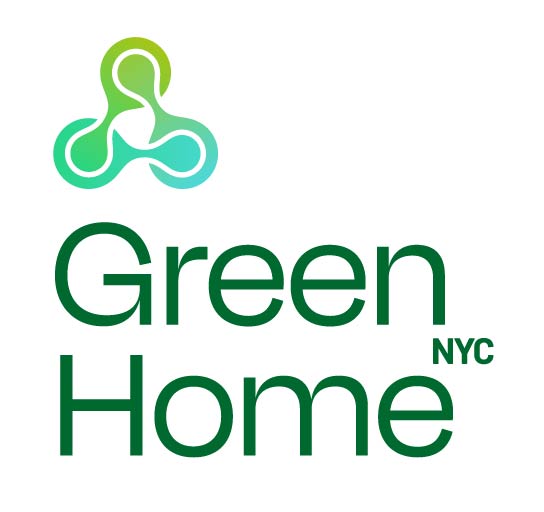I’d like to learn more about how to convert my Cape Cod into a green house. Please recommend resources and contacts in NYC.
Celeste Beatty
Celeste,
Good for you! It’s great to see you putting effort into greening your home. I’m going to give you a bunch of resources and links and a little bit of basic strategy. Feel free to write back and let us know how the project goes.
In terms of strategy and I think you should concentrate on the parts of your house that consume things and try to reduce that consumption. You shouldn’t spend time and money replacing components with green materials if they are just sitting there being useful. If they have already been manufactured, transported and installed, whatever damage is involved has already been done and the best thing to do is let them live out their useful life. If you are thinking about remodelling anyway, or things need to be replaced anyway, then think about replacing them with green materials. Otherwise, leave things alone till they break.
The exception to this is indoor air quality. You may wish to replace indoor finishes that are off-gassing VOCs or contain lead paint or other hazardous materials as a way to improve your indoor air quality. While this will involve an environmental cost in production and installation of the new finishes, it will be worth it if you can significantly improve the more local environment in which you live.
In terms of consumables, there are lots of parts of your home that are consuming energy and/or water and replacing those with more efficient models can have significant environmental benefits. Start with the small stuff like replacing incandescent lightbulbs with compact fluorescent ones (and if I may suggest not to scrimp on these. The cheap no-name brands can produce absolutely ghastly light, but the full-price models are lighting my way though this letter and look great.) Then move on to appliances, replacing especially old models with newer, more energy efficient models. Generally look for the Energy Star label (certified energy efficient) for these, or compare energy use directly. Most appliances have labels with energy consumption figures. When replacing working appliances, think about the energy gains through increased efficiency that are accrued throughout the life of the unit balanced against the costs of producing the unit. Small gains in efficiency from replacing a 2000 model may not be worth it, though my mom should definitely replace the rounded-door 1960-vintage fridge in the garage (but never will).
Next you can go for more significant improvements in larger systems such as your heating, hot water, or AC systems. By systems I mean also the plumbing, venting, and insulation of your house, improvements to which may have a greater effect than replacing a heater or boiler. I don’t know enough to say any more except to get a good contractor. Check out the Greenhomeguide, which lists area contractors, architects, and products. You can also find more information at the below links.
Department of Energy Sustainable Communities Network: General principles
Rocky Mountain Institute Home Resource Efficiency Info: General Principles
Energy Star Program Website: Energy Star Program information
New York State Energy Reserch and Development Authority: Incentive Grant and Rebate information
DOE Federal Taxbreaks information

Leave a Reply
You must be logged in to post a comment.